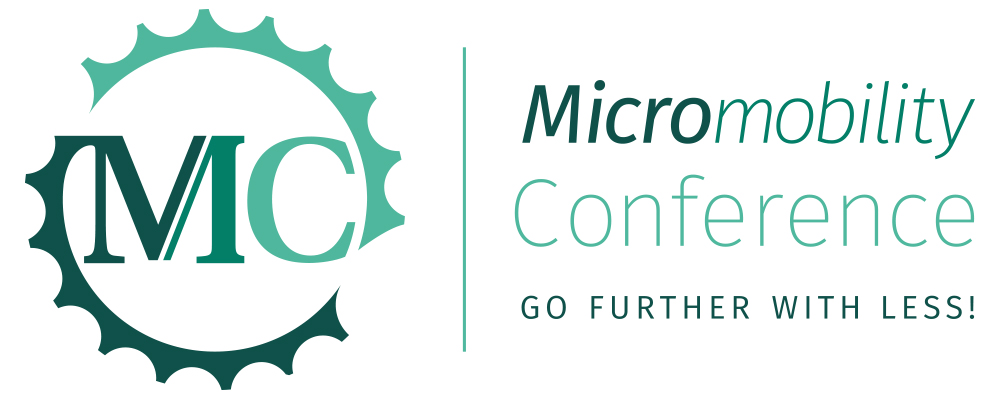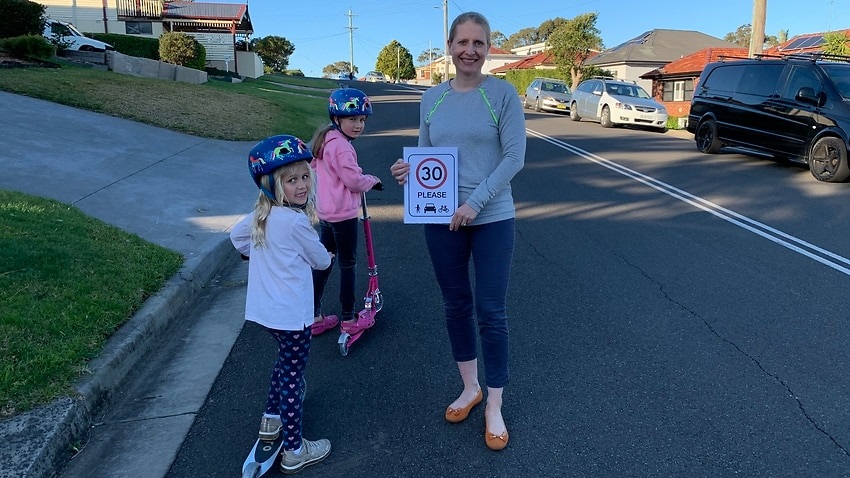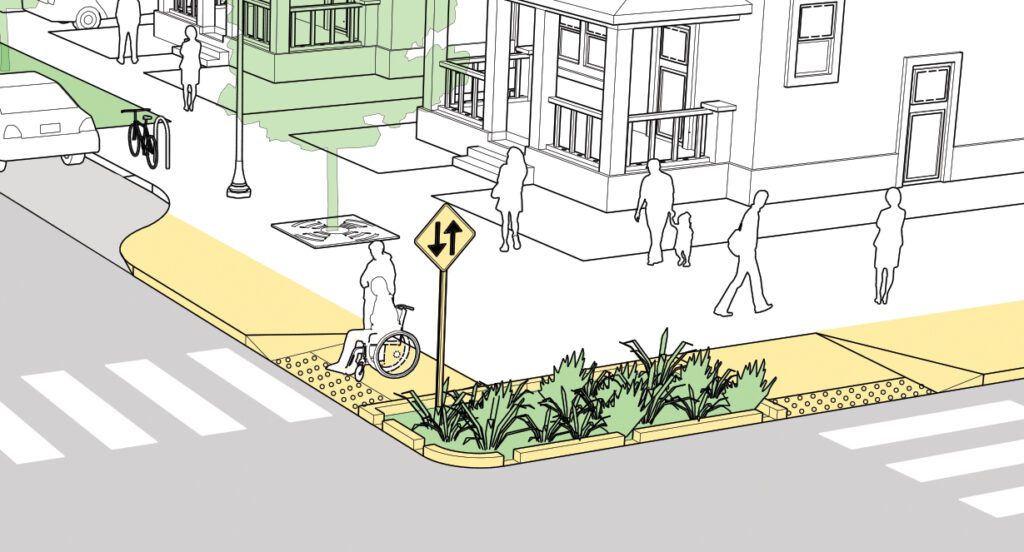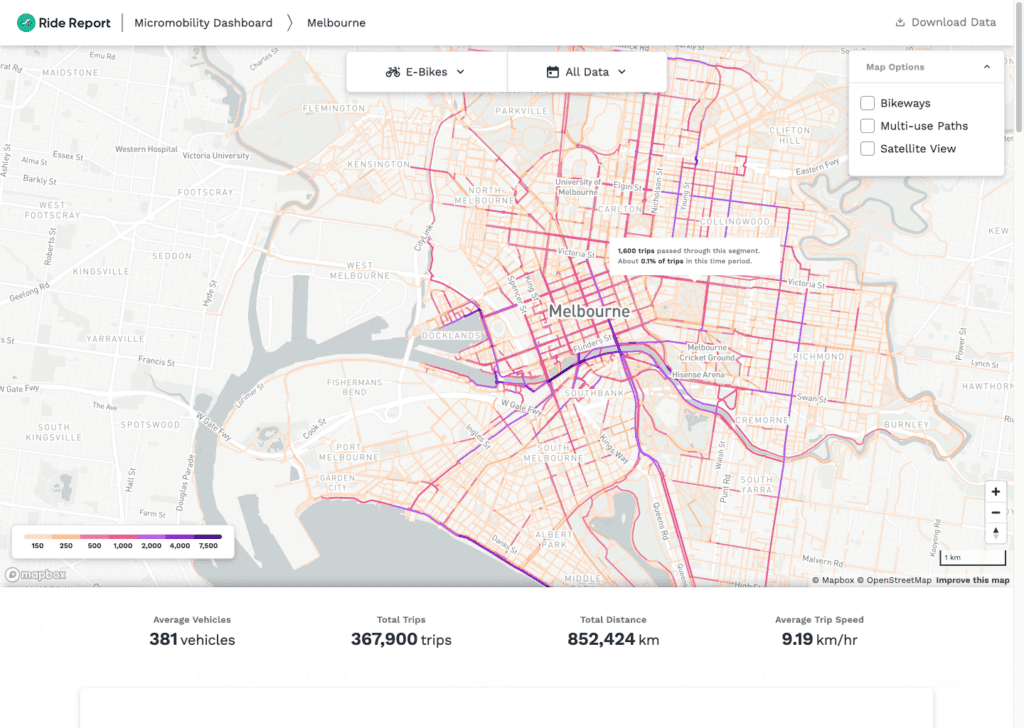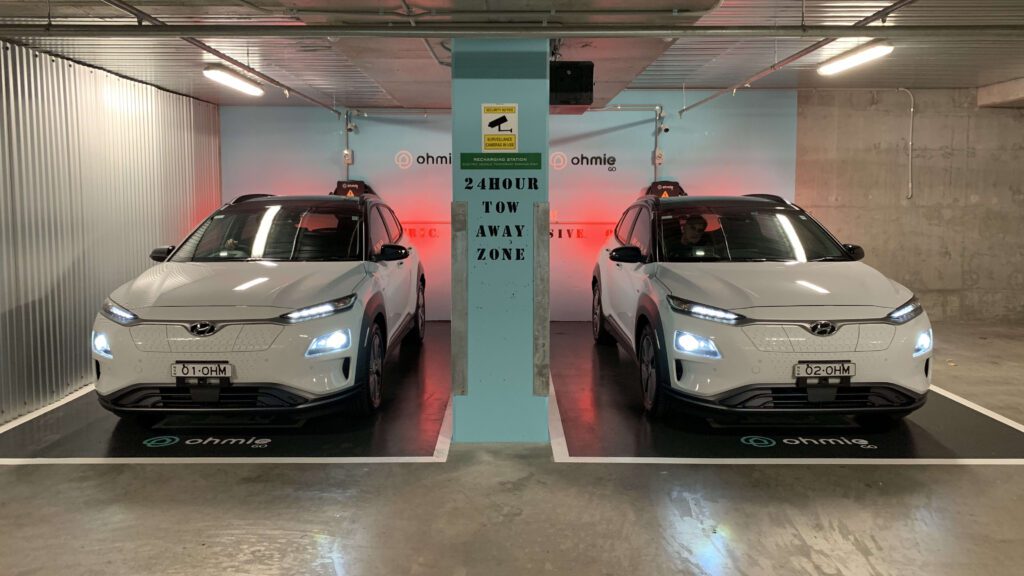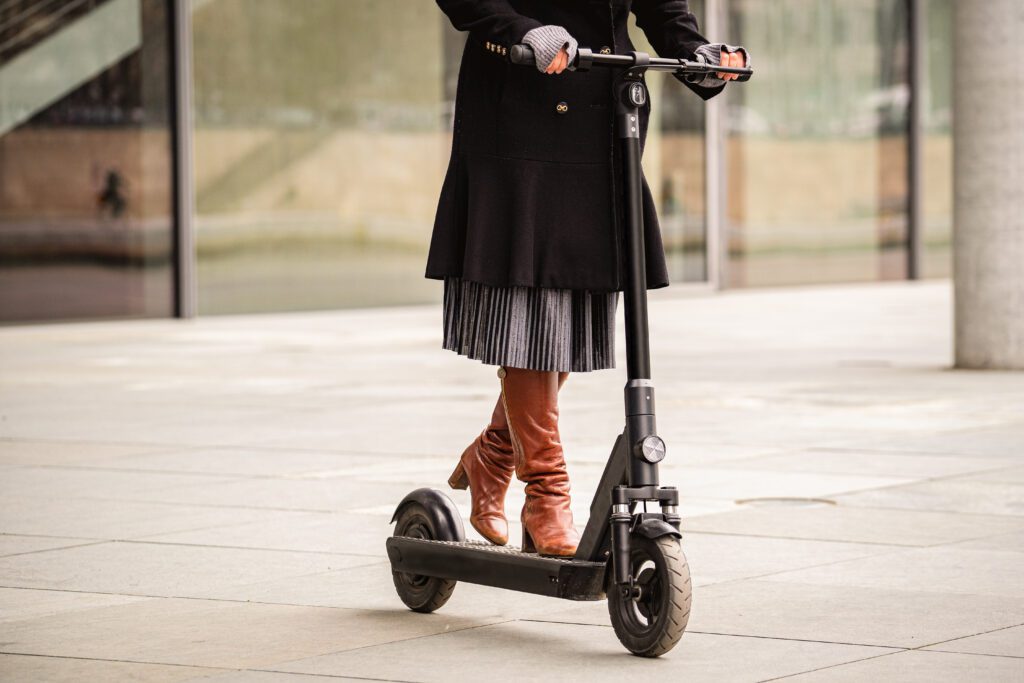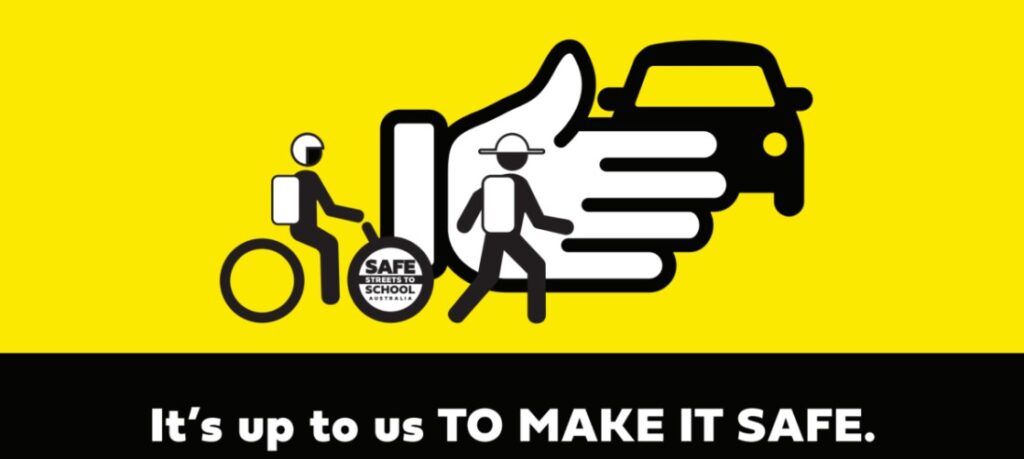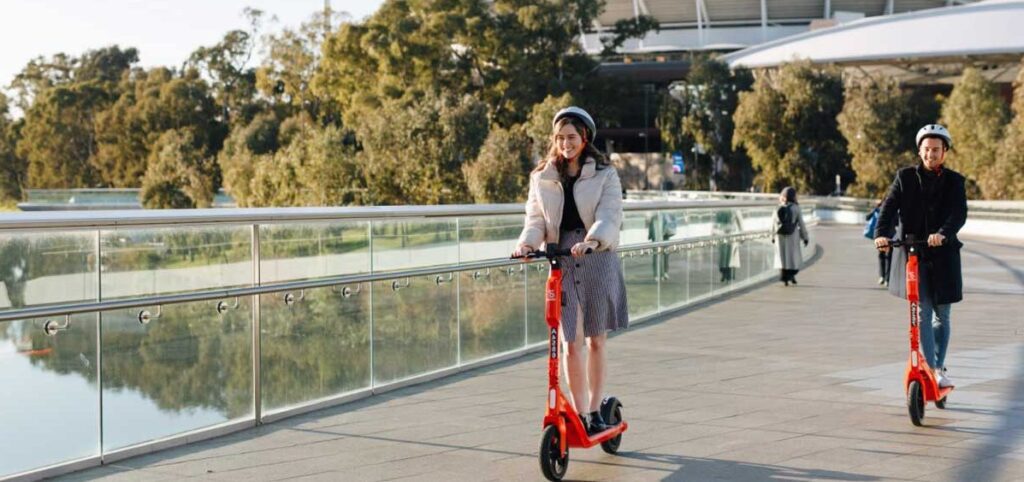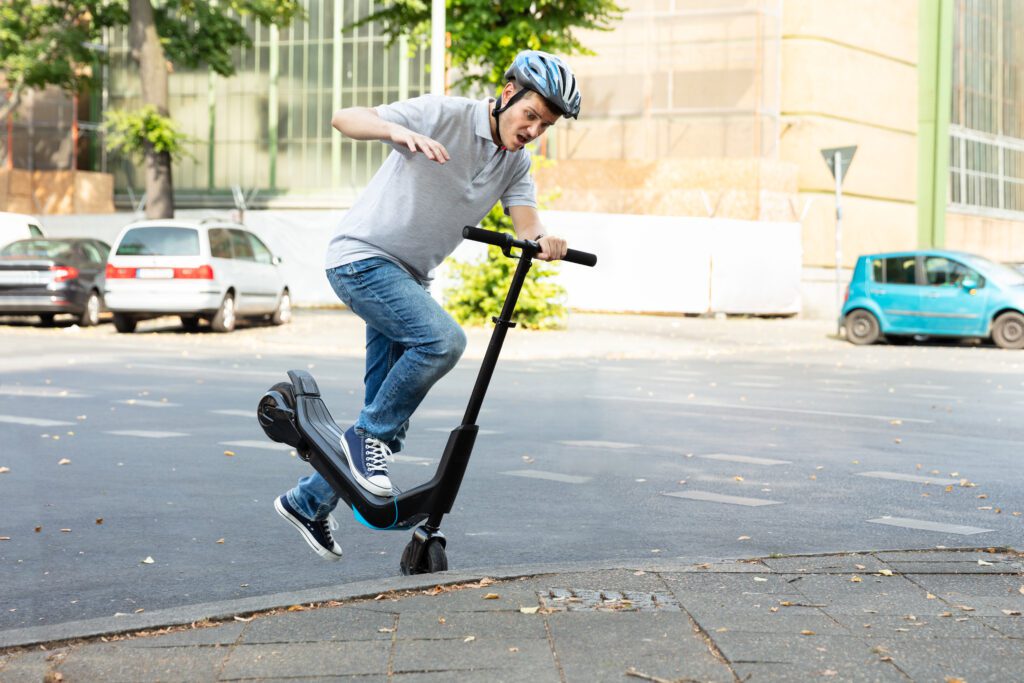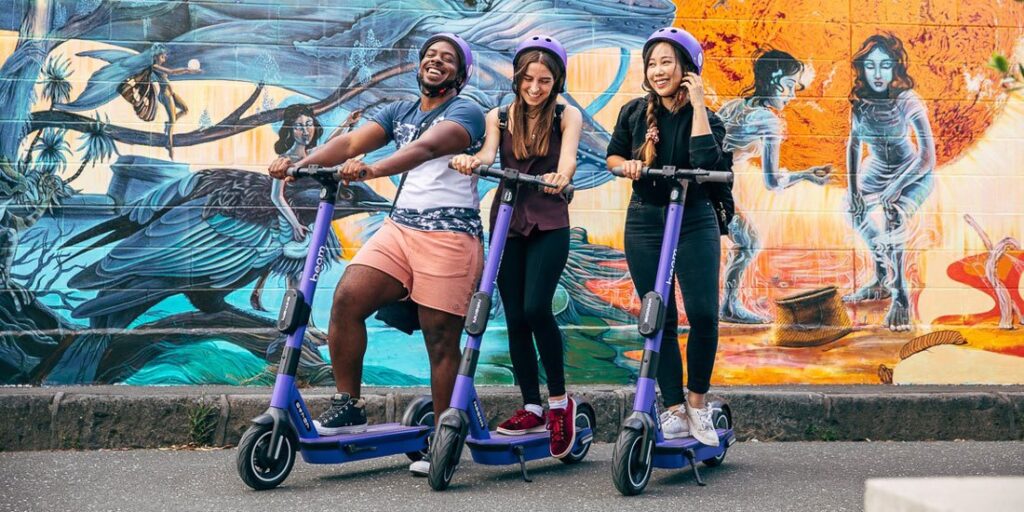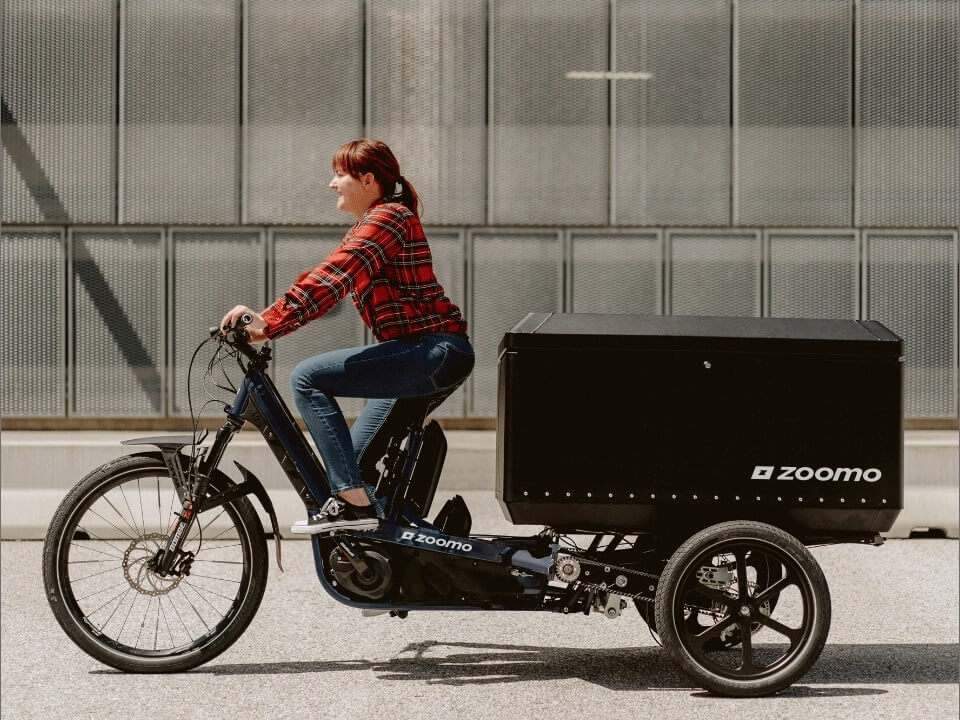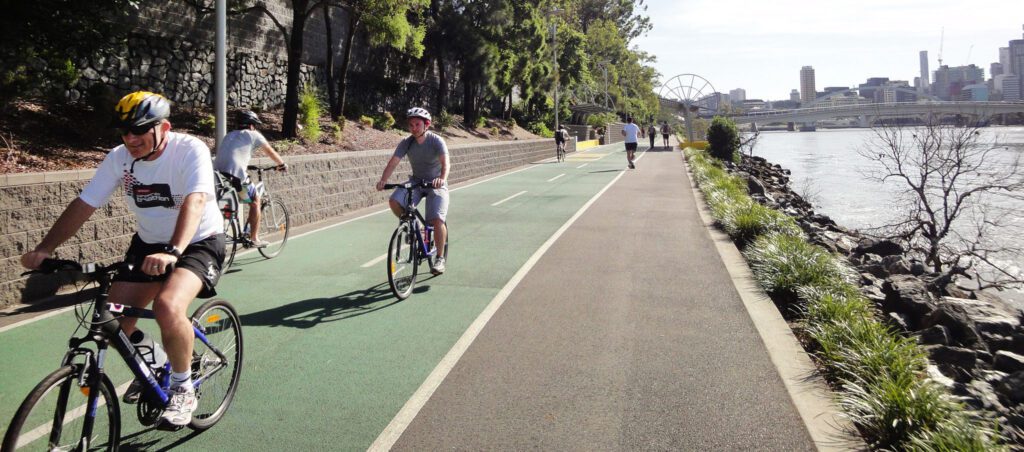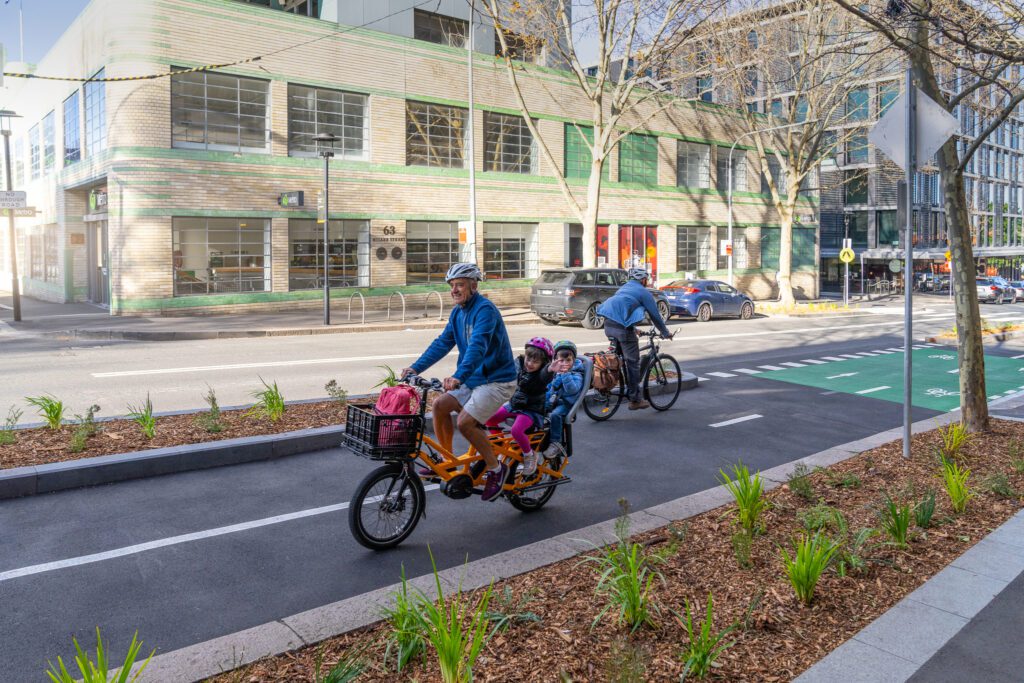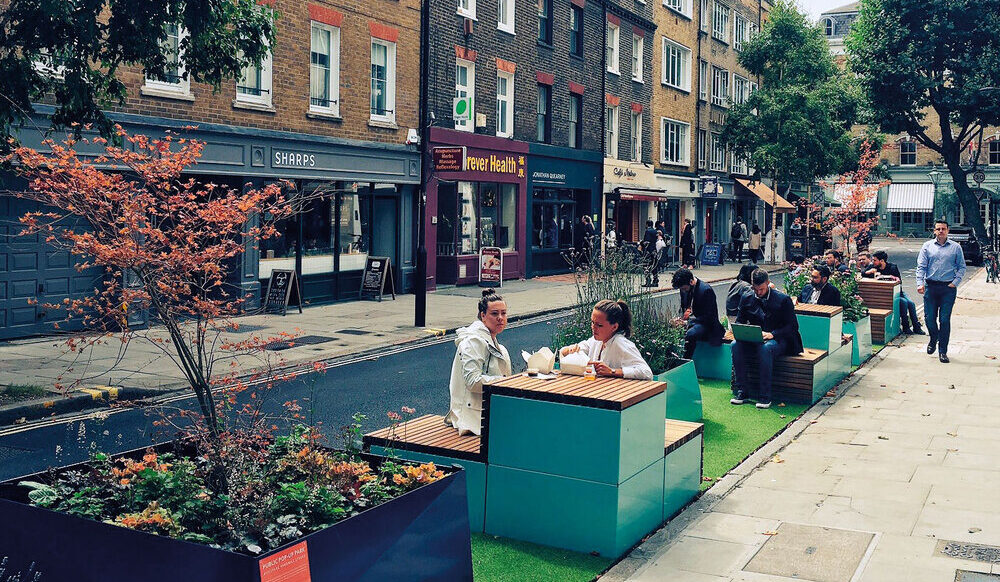Unfortunately the 2023 Micromobility Conference has been cancelled.
Please click here for the full announcement
Please contact us if you are interested in running a future Micromobility Conference
Here's Just a Few of our 2022 Highlights
Why bike lanes alone won’t get everyone cycling. 30km/h speed limits as an enabler for more active transport
The Founder of 30Please.org and Safe Streets to School, Lena Huda, will outline strategies and actions to gain community understanding and acceptance of the importance of lower speed limits in urban areas. Lena will explore examples for partnerships, media and social media strategy.
Read MoreUsing modal filters to make school streets safer
A simple but clever road modification is drastically improving safety on streets outside schools. Transport planner Liz Irvin will explain how modal filters – simple kerb extensions – are reducing and improving traffic flows to make roads near schools safer and more attractive.
Read MoreThe Community Benefit of Supporting the Operator’s Bottom Line
Shared micromobility provides a unique opportunity to respond to a suite of concerns common to many cities throughout Asia Pacific – congestion, carbon emissions, transport equity and economic activation – all at little to no cost to ratepayers.
In recent years, it has become apparent this also comes with challenges, including clutter in public spaces and safety concerns.
Dan Barr, head of the consultancy Better Cities Group, will explore a trend among cities who are a few years into their micromobility journey, to collaborate with leading share service providers to achieve mutual benefit.
These cities can see the success of shared e-scooter programs is aligned with their own policy ambitions, and they are forming strong partnerships that ensure commercial success for operators.
Read MoreThe magic of transparency: how shared data can align interests and make regulation easier
When shared micromobility first launched, there was a lack of data standardisation or even sharing protocols. This caused confusion and friction in implementing regulations, while also making it hard to understand the impacts of programs.
The emergence of the Mobility Data Specification and the resulting ecosystem of tools and data analysis have given public agencies and operators common points of reference to discuss issues and opportunities around program policies. New capabilities allow more dynamic policy building that are responsive to outcomes on the ground.
Michael Schwartz leads the shared micromobility practice of US-based company Ride Report, a shared mobility management platform that automatically collects data to help government monitor and manage active transport in their areas.
He will discuss how shared micromobility is creating precedent for how transportation can be managed, measured and planned with transparent rules and data.
Read MoreThe future of shared e-mobility
Ohmie GO is a prop-tech e-mobility startup providing a complete turnkey solution of electric cars, e-scooters and e-bikes for both residential and commercial buildings.
Its founder and CEO, Kyle Bolto, will share insight to the establishment, services and goals of Ohmie GO and the emergence of ‘mobility as a service’ in Australian cities.
Users can access Ohmie GO’s e-mobility solutions on demand and be assured they are using the best and latest technology. Kyle and his team have designed all their technology from scratch and in-house and have perfected this over a number of years. Ohmie GO was the pioneer in its sector and has partnered with some of the biggest developers in Australia to change the petrol car landscape and drive the future of e-mobility.
Read MoreThe currency of change – a strategy to overcome community resistance (and build your industry)
In contested cities, community resistance to change has the potential to derail active travel projects – leading to fewer customers for Australia’s nascent micromobility industry.
Mark Ames will draw on his extensive experience working with cities around the world to highlight why resistance to urban change happens, how it can be managed, and why all of us have a role to play.
He’ll highlight what major employers and landowners are doing in Macquarie Park to support active travel – and why – and share a story of how a local active transport connection was derailed.
Finally, he’ll propose a strategy for the micromobility industry to help enable change – and grow the size of your industry in the process.
Read MoreShared e-scooter usage in Launceston, Tasmania
Shared dockless e-scooter schemes could have a unique role to play in Australian regional centres, according to Australian first research into usage patterns.
Monash University Professor Geoff Rose will share results from pioneering research in the regional city of Launceston in Tasmania.
Safe cycling: it’s at the intersection of safety, law and design
Injury prevention, legal and design solutions must come together to tackle barriers to cycling, if communities are going to achieve their objectives to get more people on bikes, according to industrial designer and leading Melbourne academic Dr Robbie Napper.
Read MoreSafe and Active Roads to School – Wollongong
Effective engagement with students is central to a successful walk and cycle to school program.
Healthy Cities Illawarra representative Jon Lindley explains how the group’s Safe and Active Roads to School program educated school children on the benefits of walking and cycling to school and about how 30kmh speed limits are used around the world to enable young people to walk or ride safely.
Rental e-scooters are boosting local economies in turbulent times
Cities around the world are searching for greener transport solutions that can integrate well with existing public transit networks. Four years on from the introduction of e-scooters onto Australian streets, rental micromobility operators like Neuron Mobility have become embedded in local ecosystems. Beyond offering a safe, sustainable and convenient alternative to short car trips, Neuron e-scooters have also been found to inject a much needed boost into local economies.
Read MorePatterns of E-Scooter and Bicycle Accidents in Munich, Germany
Maryna Pobudzei, a researcher into micromobility sharing systems, presents the results of a Munich study that identified differences and similarities between e-scooter and bicycle crashes. The 31-month study revealed valuable trends in the types of people involved in scooter and bike crashes, where they are most likely to occur, and how further investigations can improve micromobility safety.
Read MoreMicromobility 2.0: Advances in e-mobility technology will ensure Australia continues replacing the car journey, but safely
Speaker: Tom Cooper Scheduled in program: Friday, 25th November 1:00 – 1:30 PM Spin Cycle in Theme: Making it There It’s more than 100 years since cars were introduced to Australian roads, completely revolutionising transportation in Australia. But their introduction brought condemnation as a ‘road menace’. Sound familiar? Tom Cooper, the Australia and NZ…
Read MoreLearnings from abroad: the successful transition to light electric vehicles for last-mile delivery
Jules Flynn, one of the world’s leading authorities on last-mile deliveries, explores the crucial need for Australian logistics and retail operators to change their approach to last-mile delivery and make a shift away from petrol-fuelled vehicles.
Read MoreIntroducing the Active Transport branch of TfNSW
The head of Transport for NSW’s Active Transport branch, Gordon Hughes, provides insight to the branch, its objectives and key projects.
Active Transport embeds and enables the effective delivery of programs and initiatives that encourage people to choose sustainable modes of transport.
This includes projects and initiatives to encourage more people to walk or ride a bike in and around our neighbourhoods, precincts and recreational activity hubs, including people with all levels of ability.
Read MoreIntroducing a Web-based Tool for Rapid Economic Appraisal of Active Transport Infrastructure Projects
Josh Adams, an economist at the Queensland Department of Transport and Main Roads, will introduce the Department’s recently updated Active Travel Economic Appraisal Tool and discuss his team’s plans to integrate more research and data on micromobility into rapid economic appraisal of active transport infrastructure projects.
Read MoreIntroducing an infrastructure risk evaluation model for cyclists
Massive gaps in crash statistics for cycling have been a major impediment to assessing bike infrastructure and improving the safety of micromobility. Bike crashes are substantially underreported, particularly when they don’t involve motor vehicles, and existing statistics often ignore road infrastructure as a contributing factor.
Read MoreHow to launch an effective campaign for Better Streets
City transformation and transition specialist Megan Sharkey will teach workshop participants the tools and templates to help build and accelerate micromobility transitions.
The workshop will break down the framework for change into simple parts that anyone can use, regardless of background, skills or job. You don’t need transport, planning or other specialist knowledge, you just need to want to change your street for the better.
Read MoreHow Small Changes to Traffic Signals can Make Walking Better
Traffic signals give priority to motor vehicles over pedestrians. This inequality undermines many of the stated goals of transport, health and environment policy.
US civil engineer and transportation analyst Professor David Levinson discusses how traffic signals reduce pedestrian accessibility, and what can be done about it.
A professor at Sydney University since 2017, David says typical traffic signals in a city reduce the radius being reached on foot by 24% This means a 45% loss in the number of areas and opportunities that a pedestrian can reach compared with 100 years ago.
Read MoreHow do you deliver healthier streets on a shoe-string budget?
Public health specialist, urbanist and transport planner Lucy Saunders developed the Healthy Streets Approach in the UK and is supporting practitioners across Australia to apply it.
This work includes developing the Healthy Streets Design Check Australia and taking more than 150 policy makers, planners, designers and advocates through a six-week Healthy Streets Foundation Course.
Lucy’s presentation will dispel the myth that Healthy Streets projects need to be high cost and visually dazzling. She will show how three neighbourhoods were each transformed with just $100,000 AUD capital, using low-cost but high-impact measures.
Read MoreHow an algorithm makes cycling safer in Sydney and Melbourne
A new safe cycle route algorithm and mobile app, developed in Victoria, is enabling riders to find the safest, easiest or most direct way to get to their destinations.
Intelematics, a technology and mobility solutions enterprise owned by the Royal Automobile Club of Victoria (RACV), developed the algorithm and app in collaboration with the RACV, government transport authorities and mobility member organisations.
Max Wang, the Senior Product Manager at Intelematics, will discuss the technology, how it’s supporting new and aspiring riders to feel more confident to travel by bike and what can be done to further remove barriers to micromobility.
SUBSCRIBE FOR UPDATES
Thanks for subscribing!
Please check your email for further instructions.
